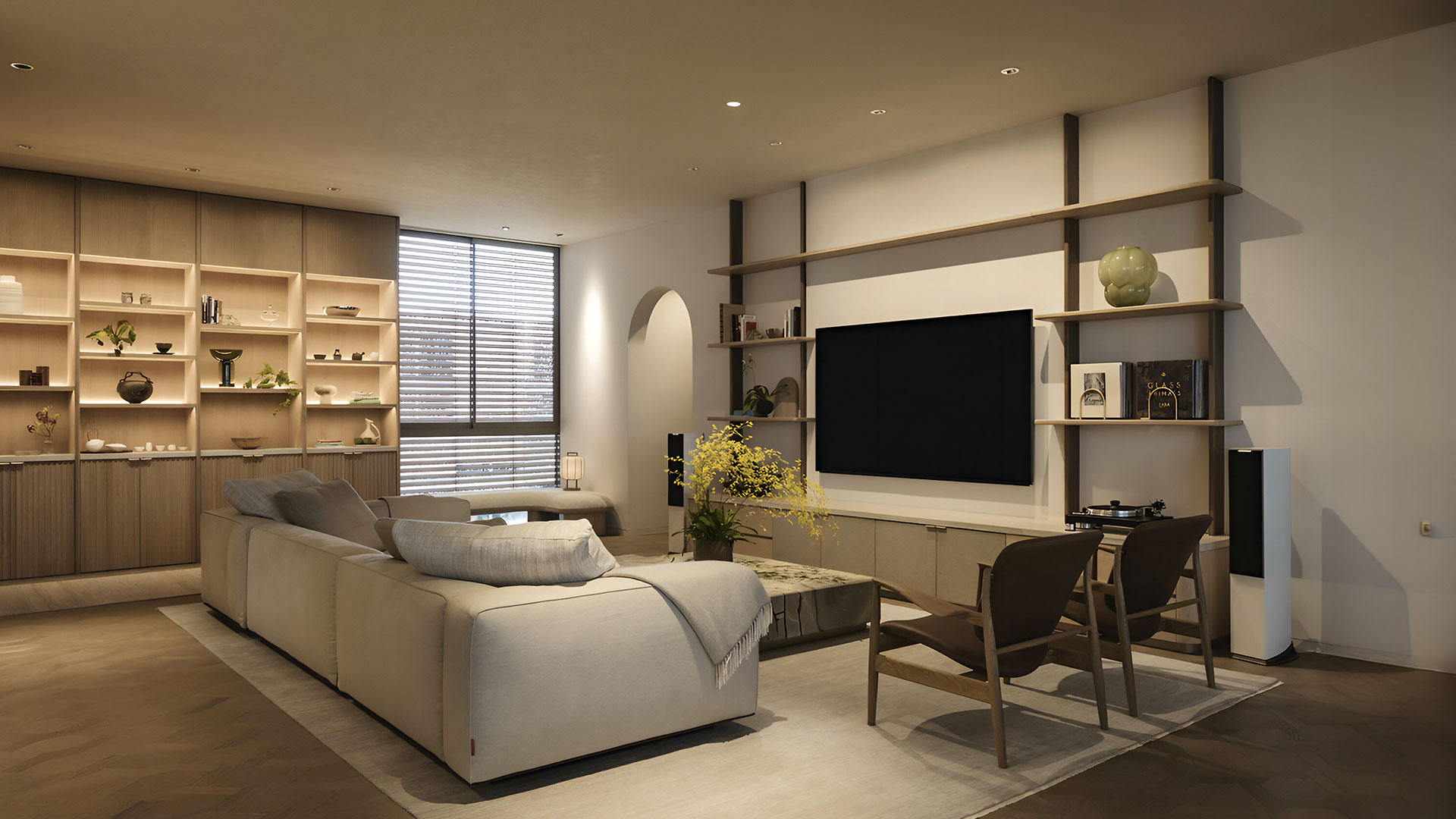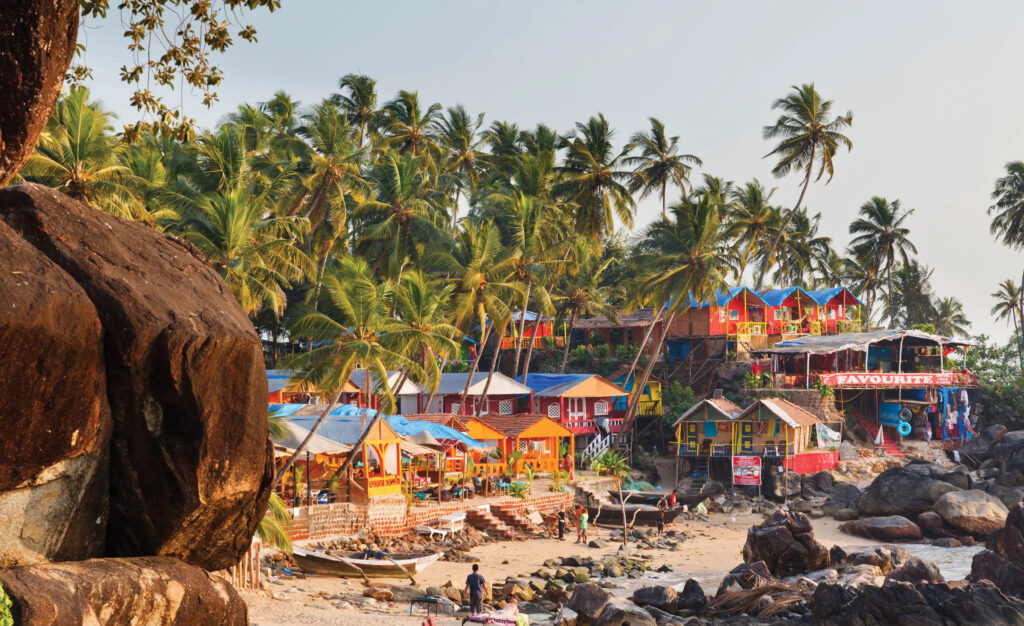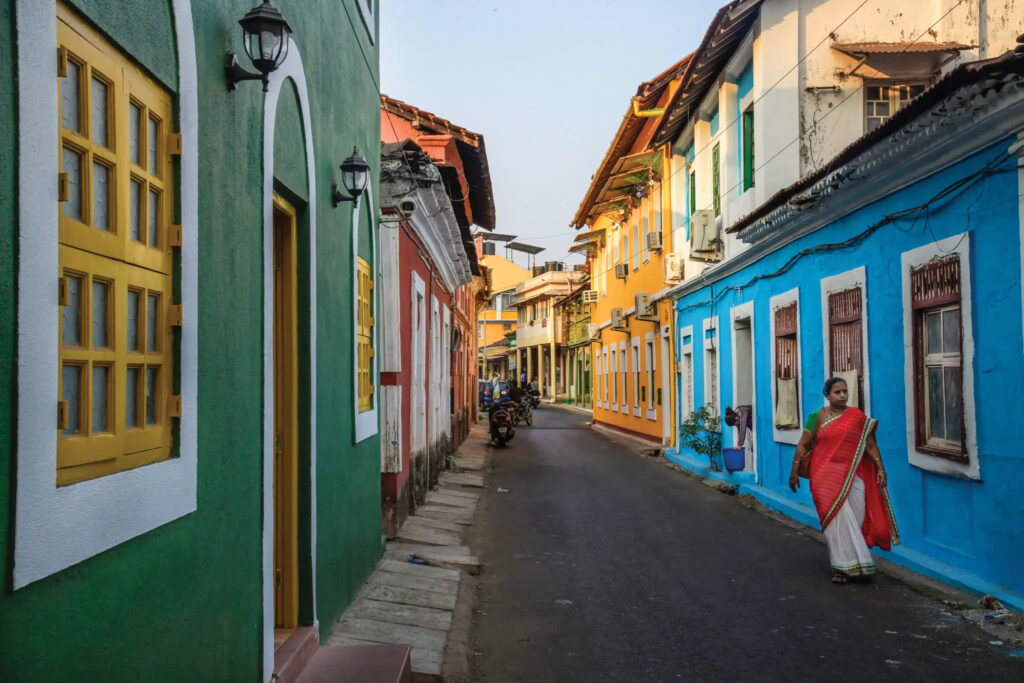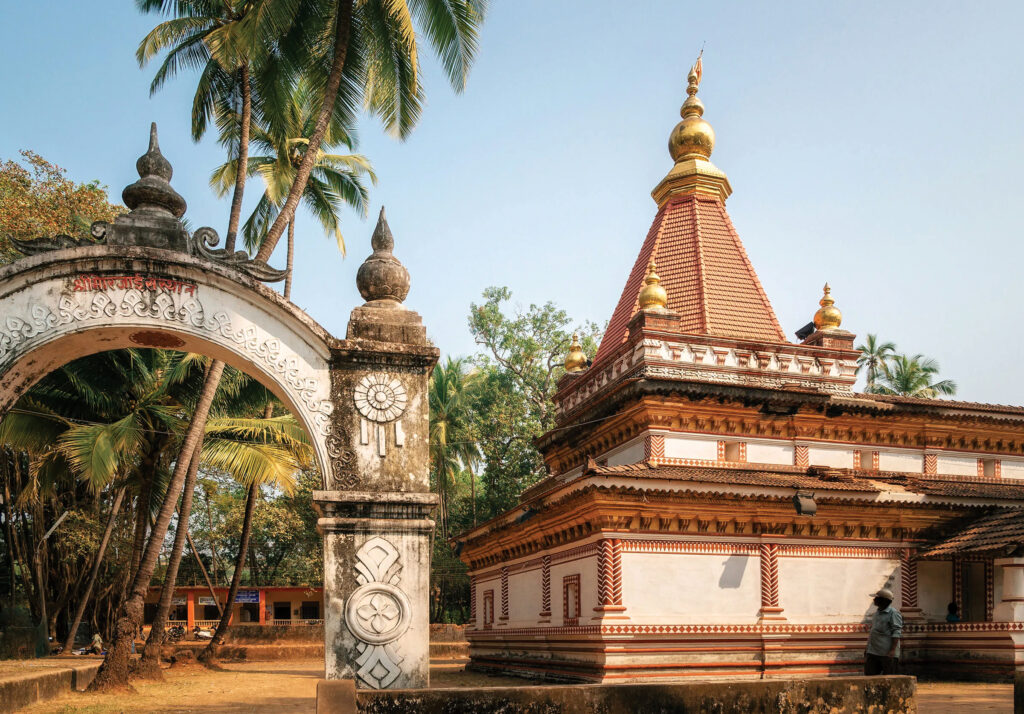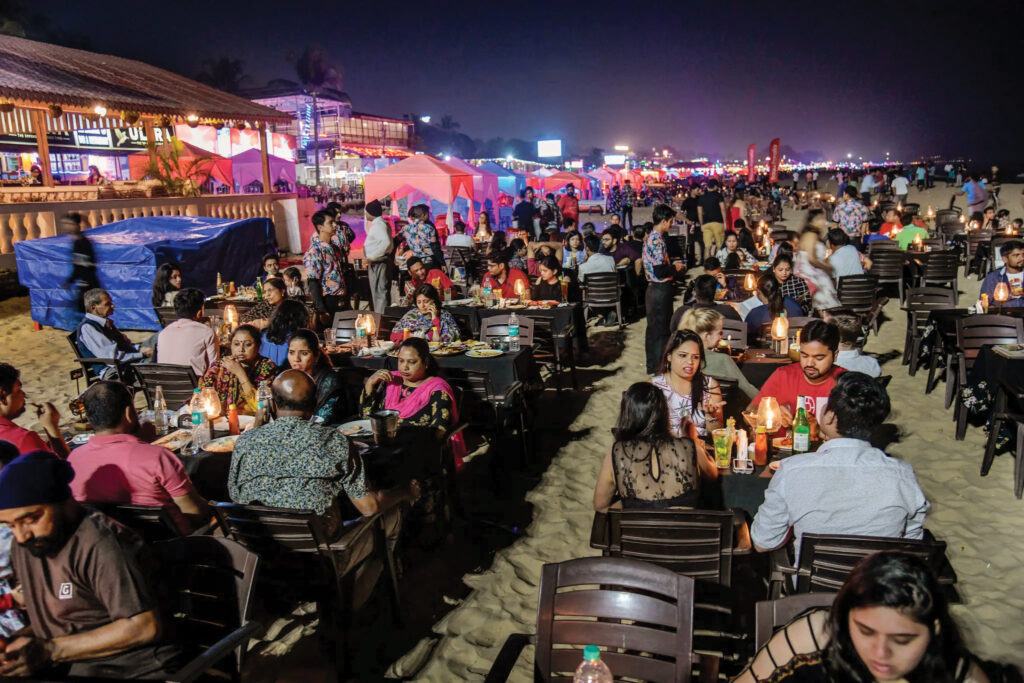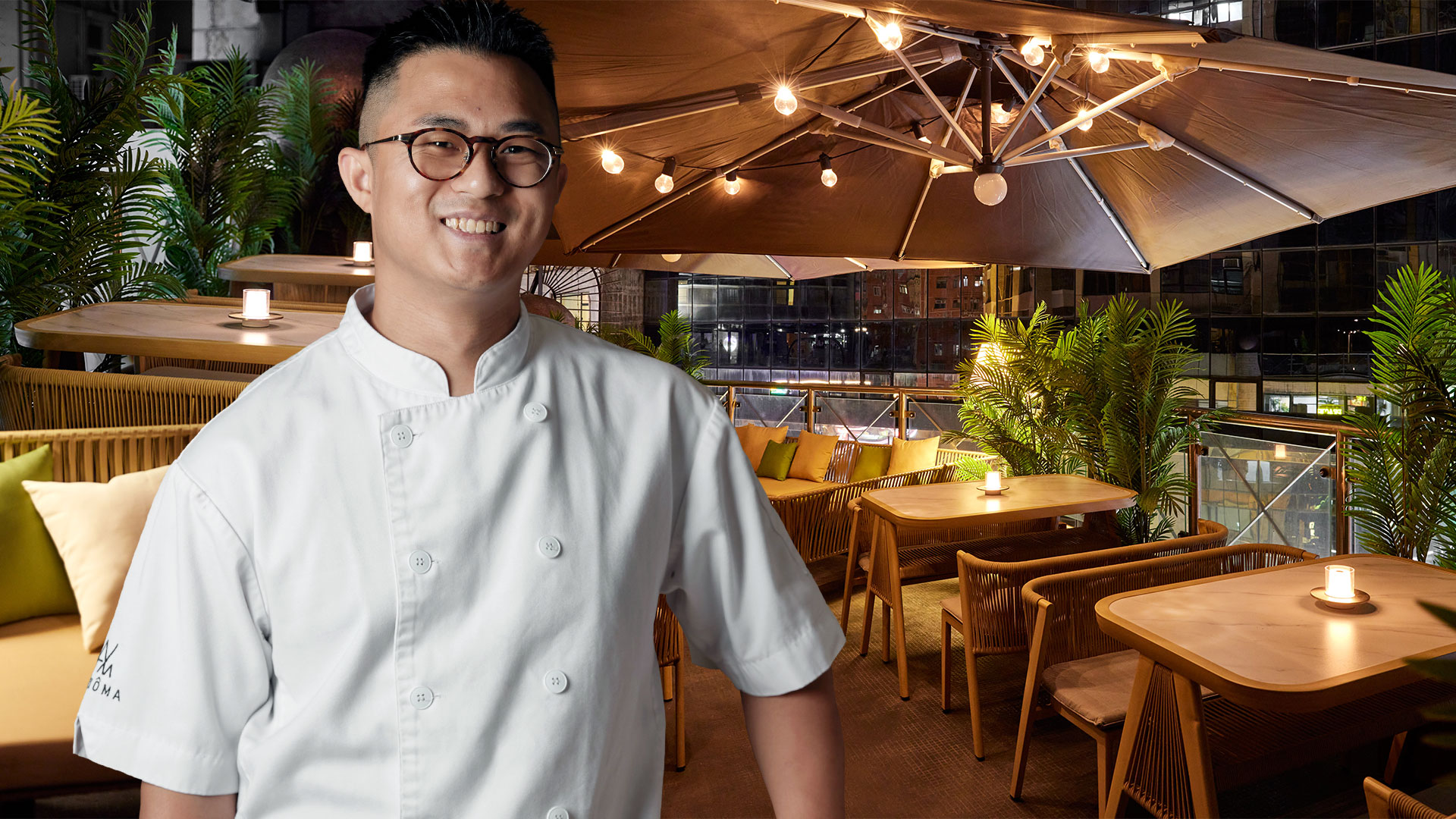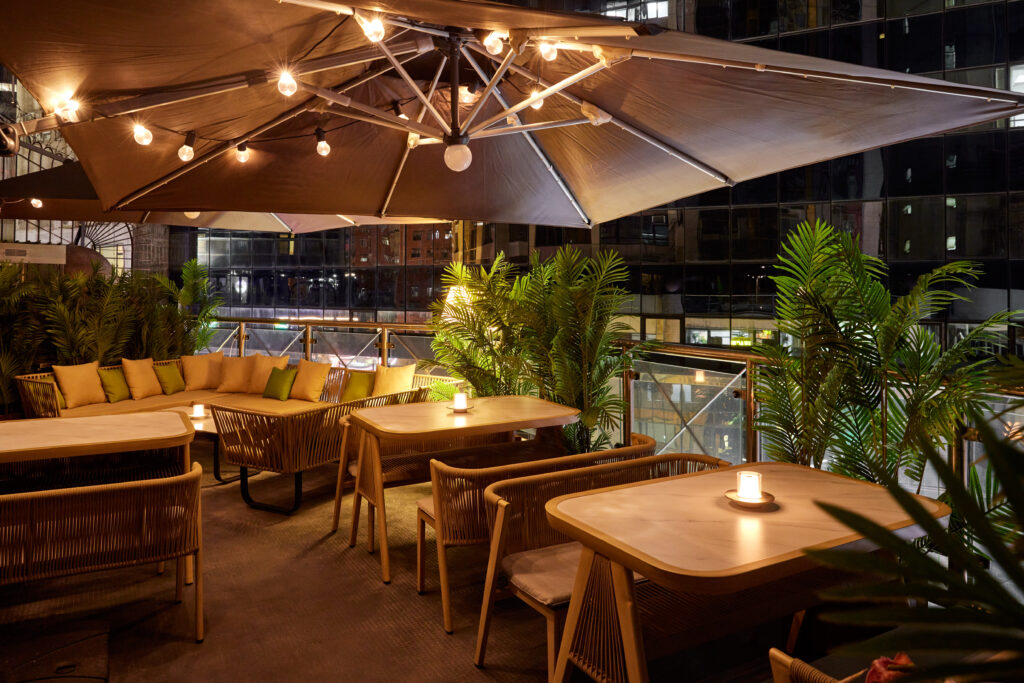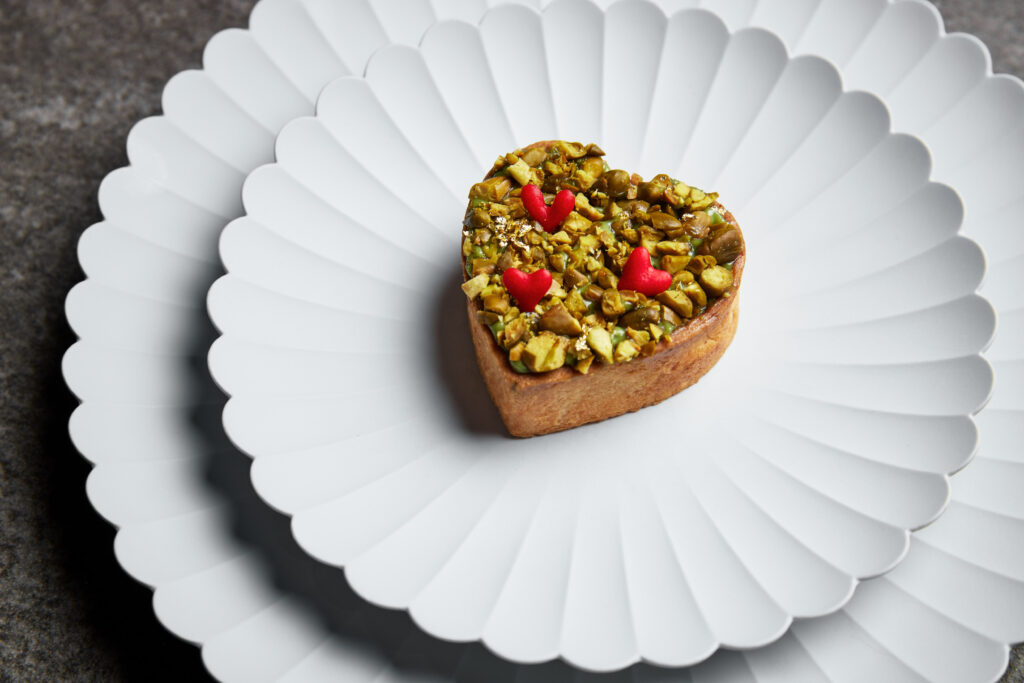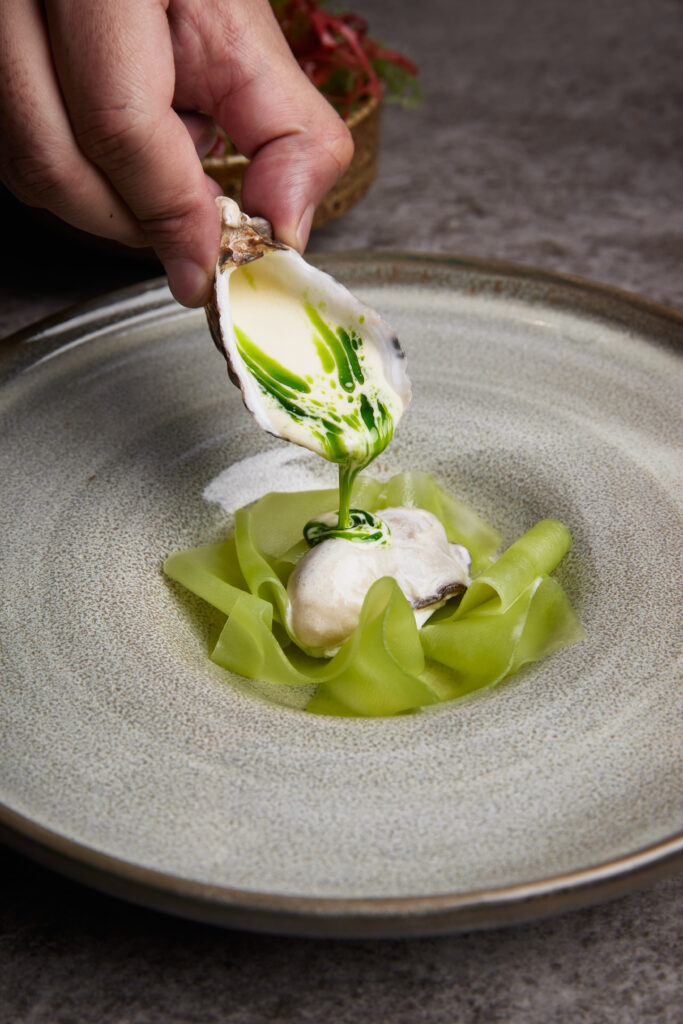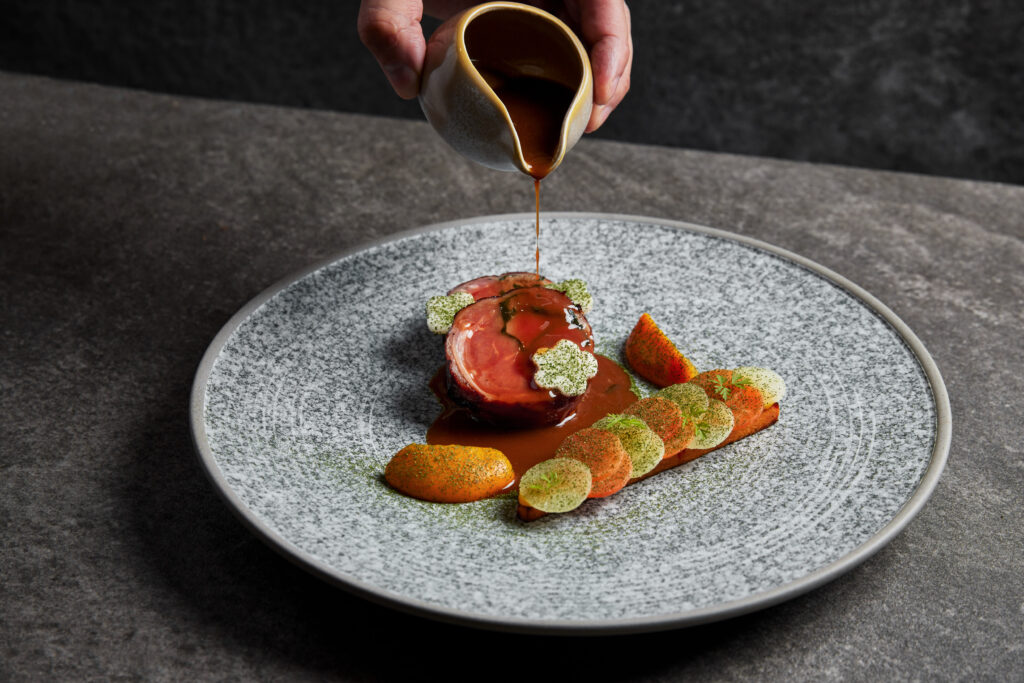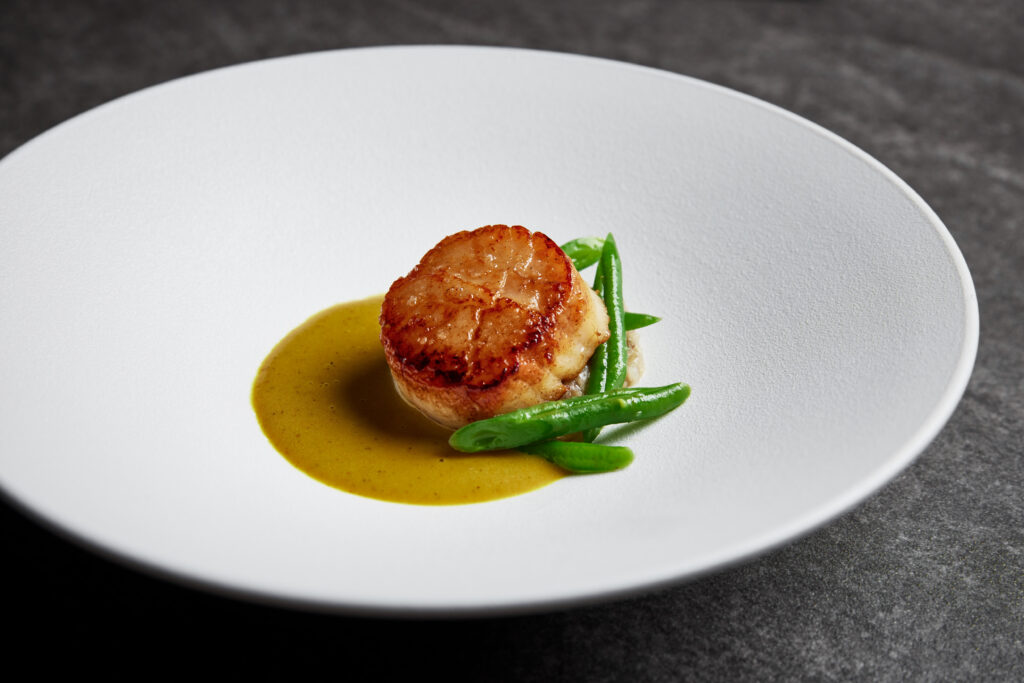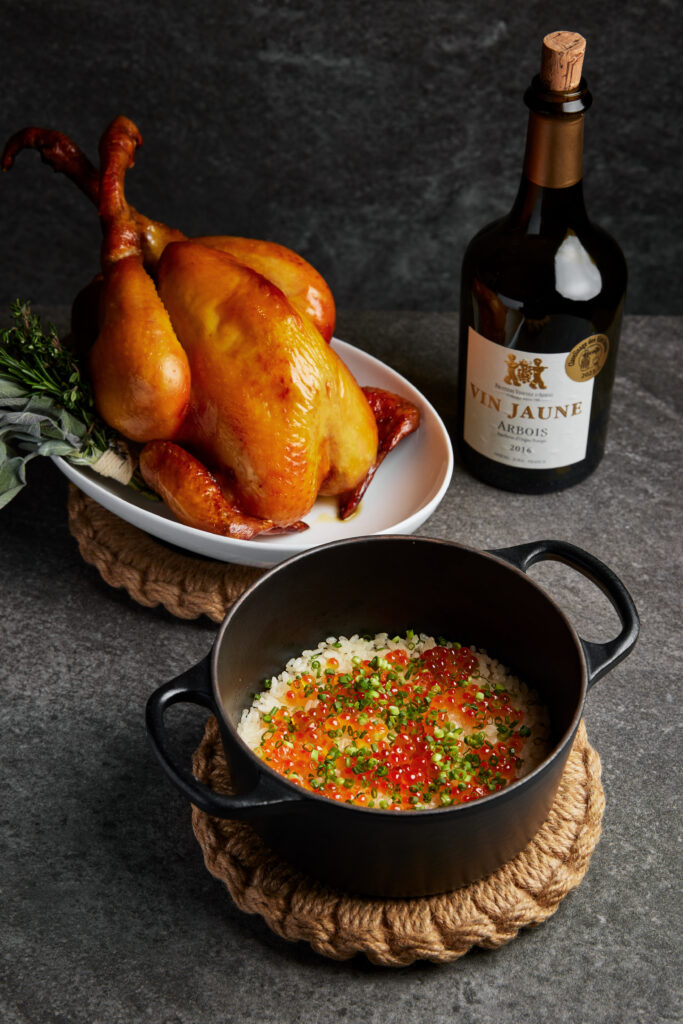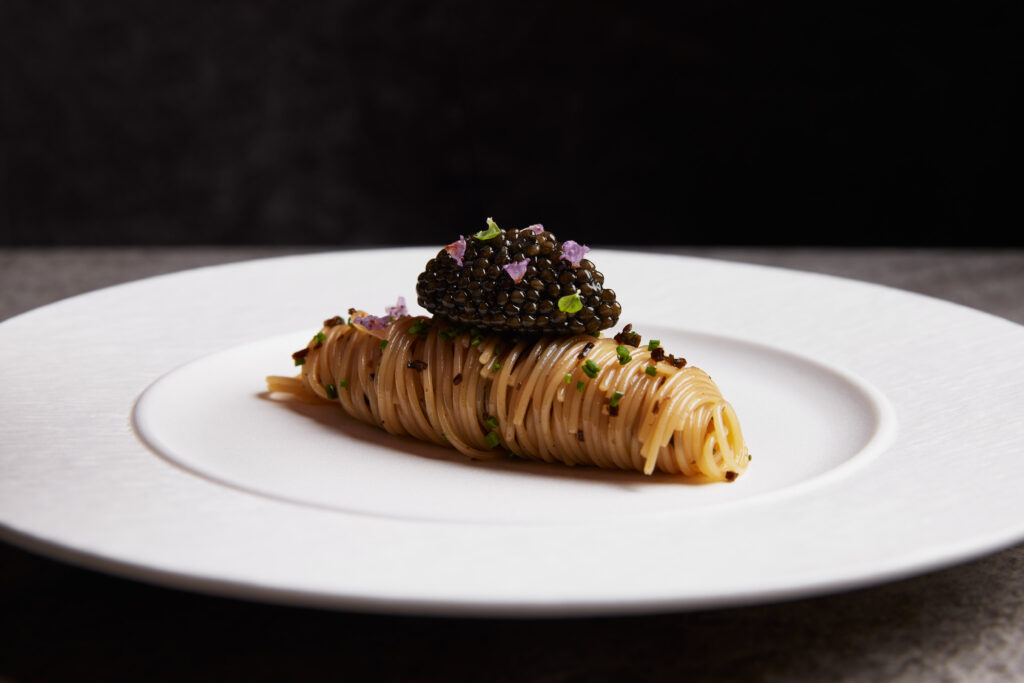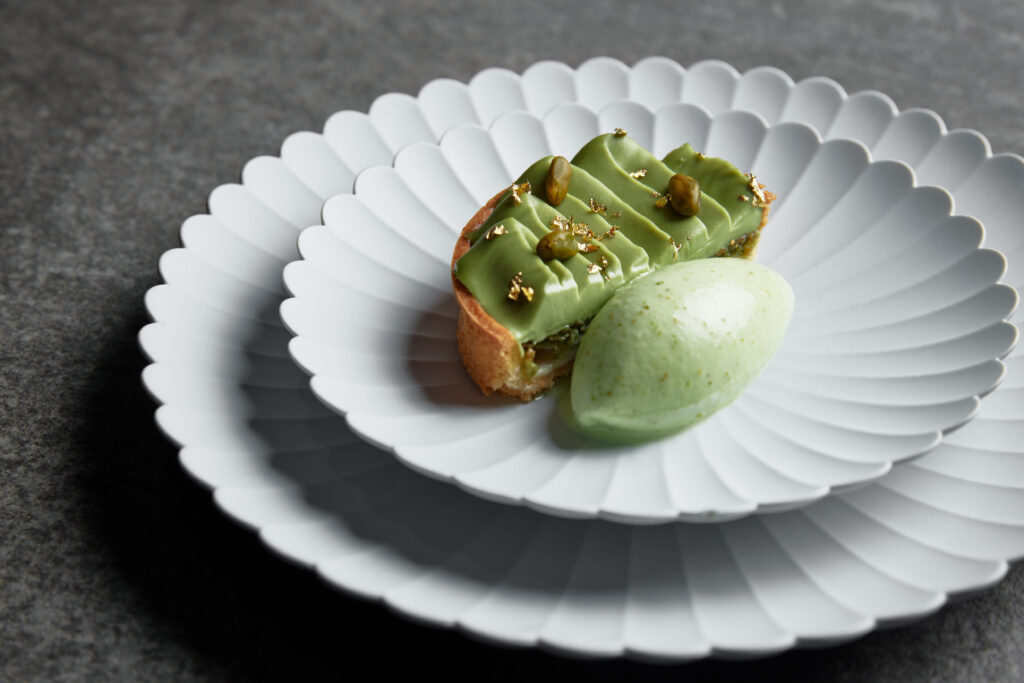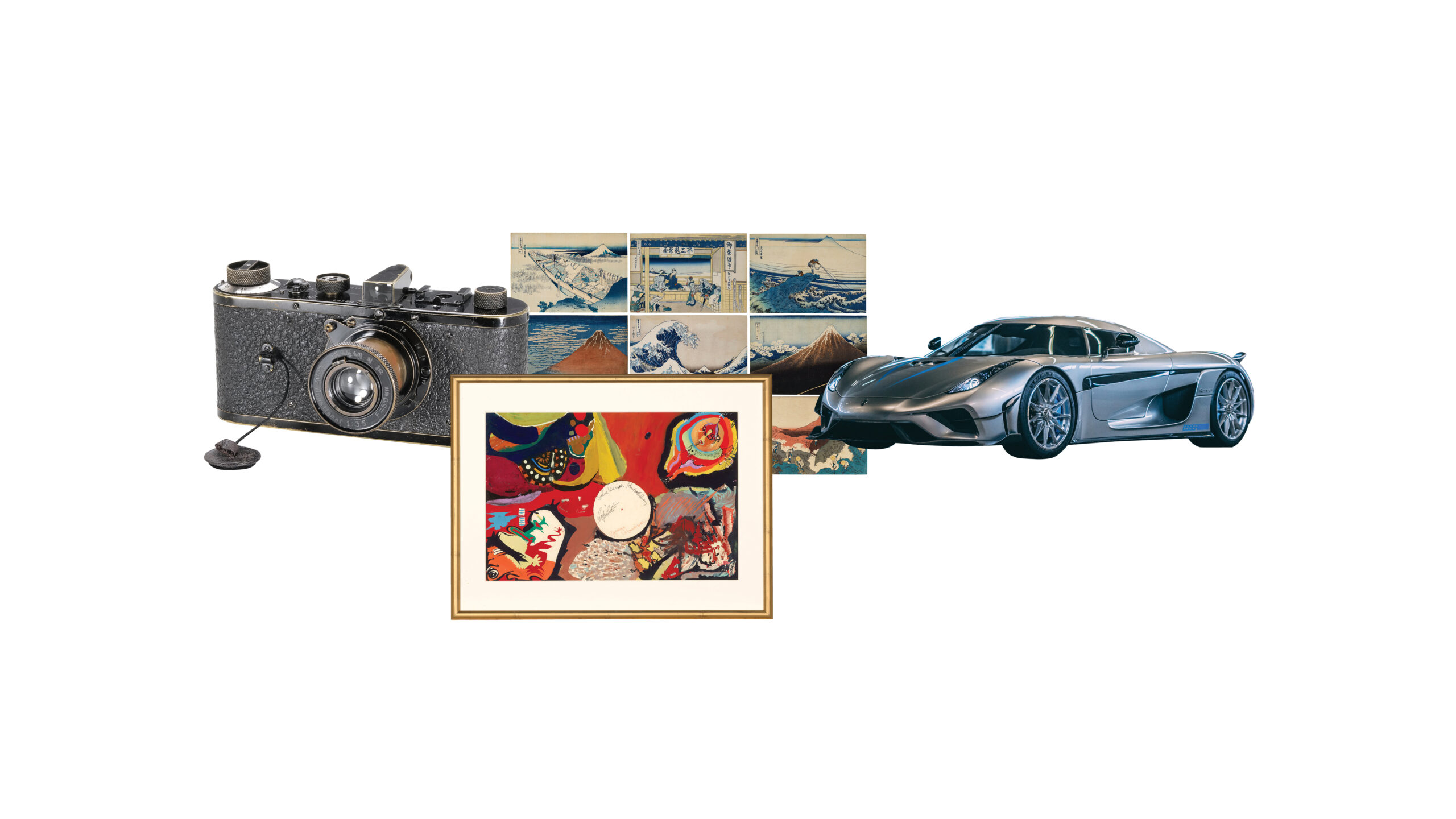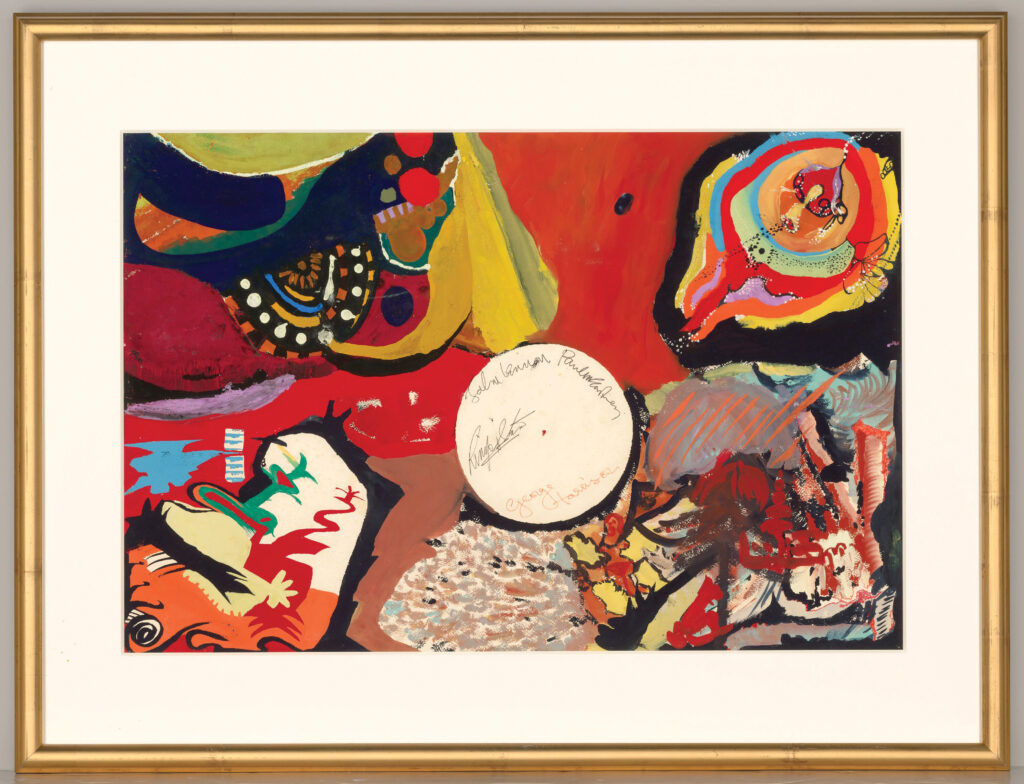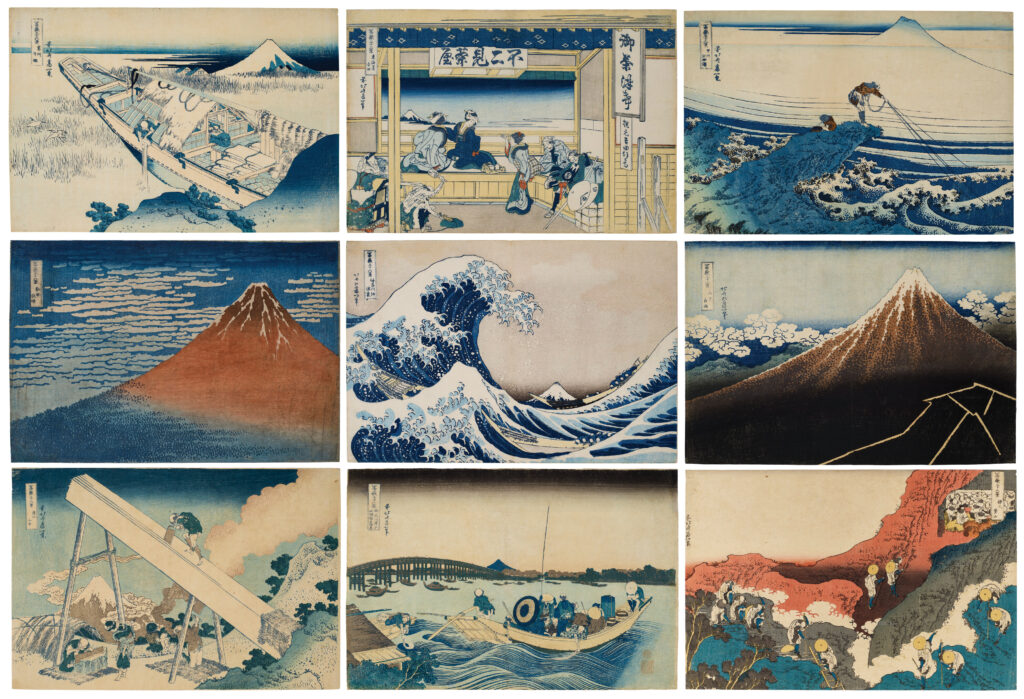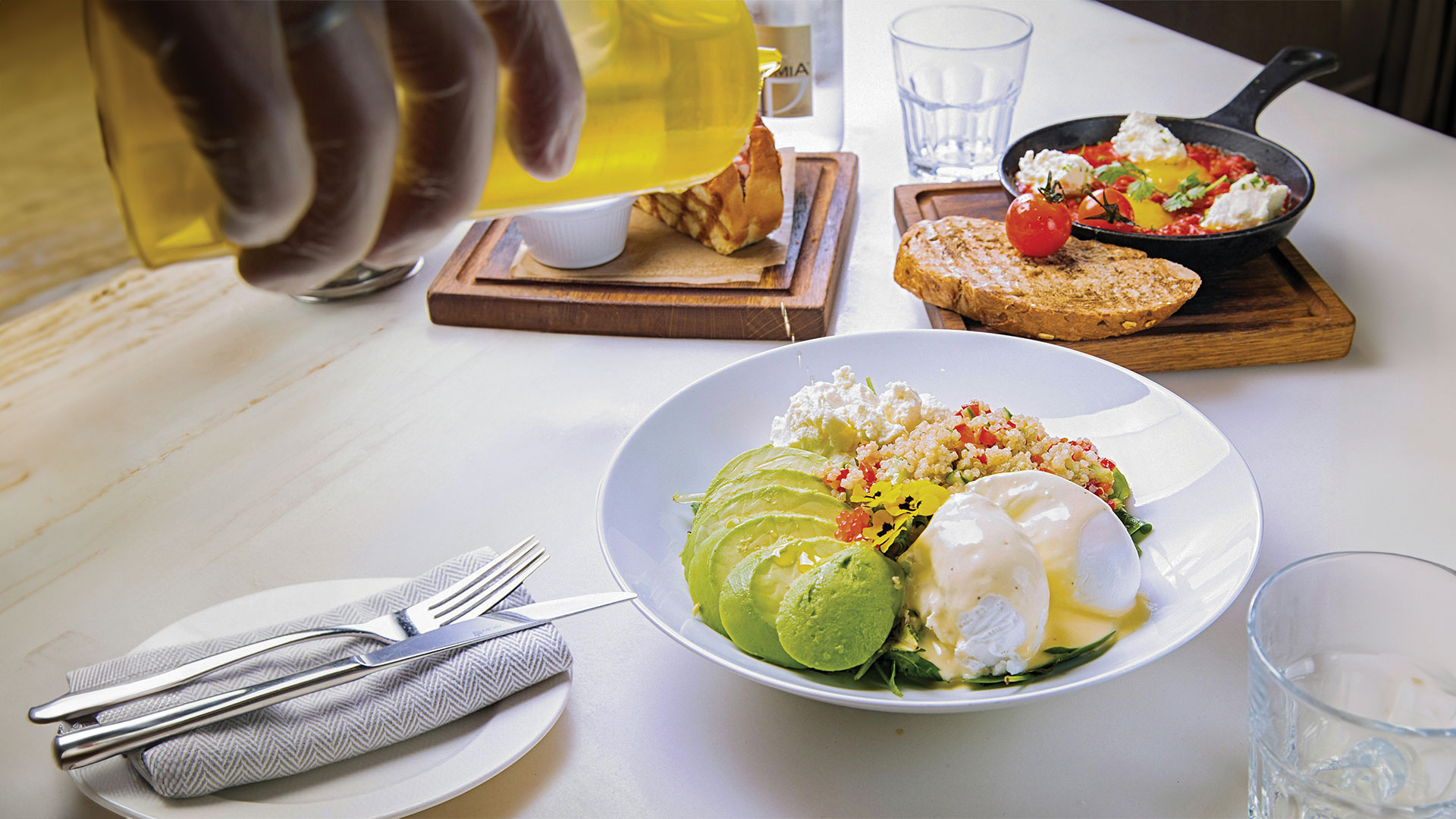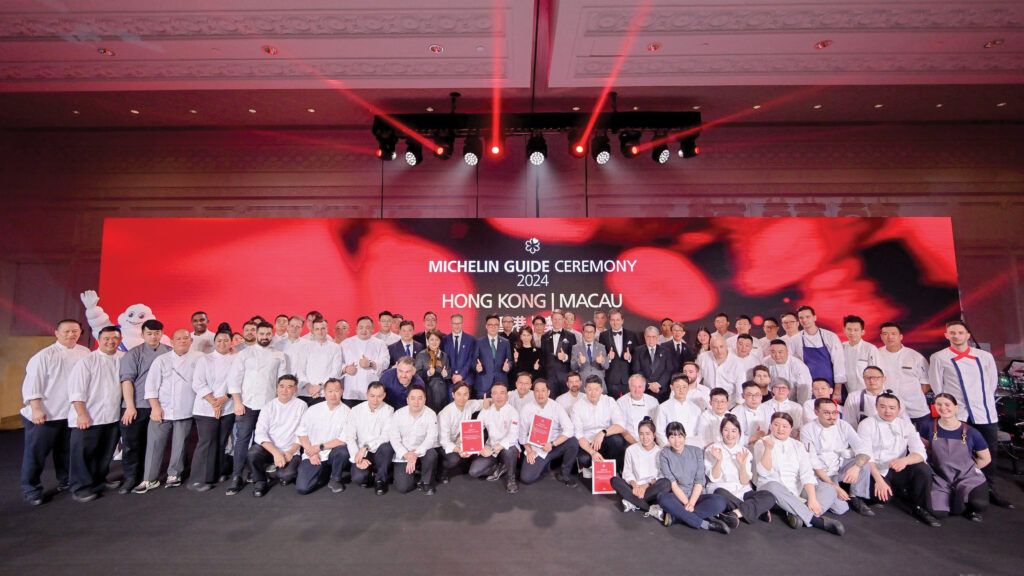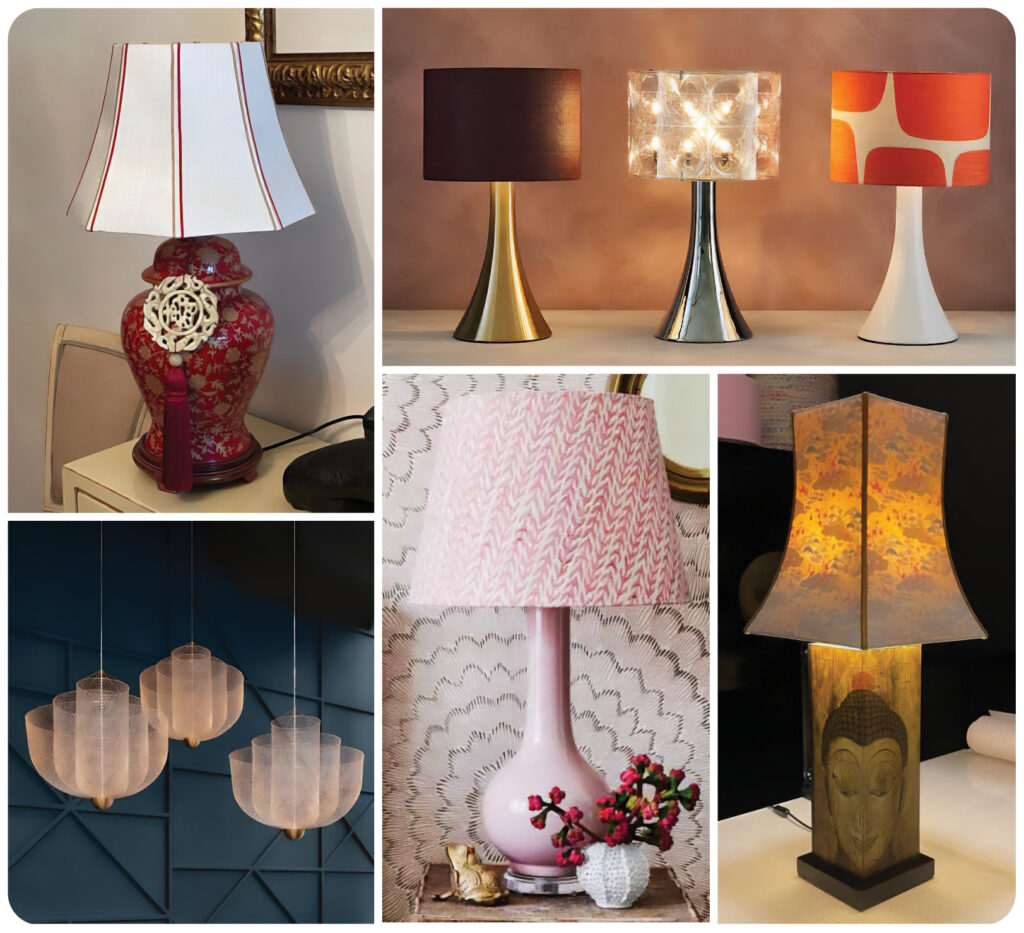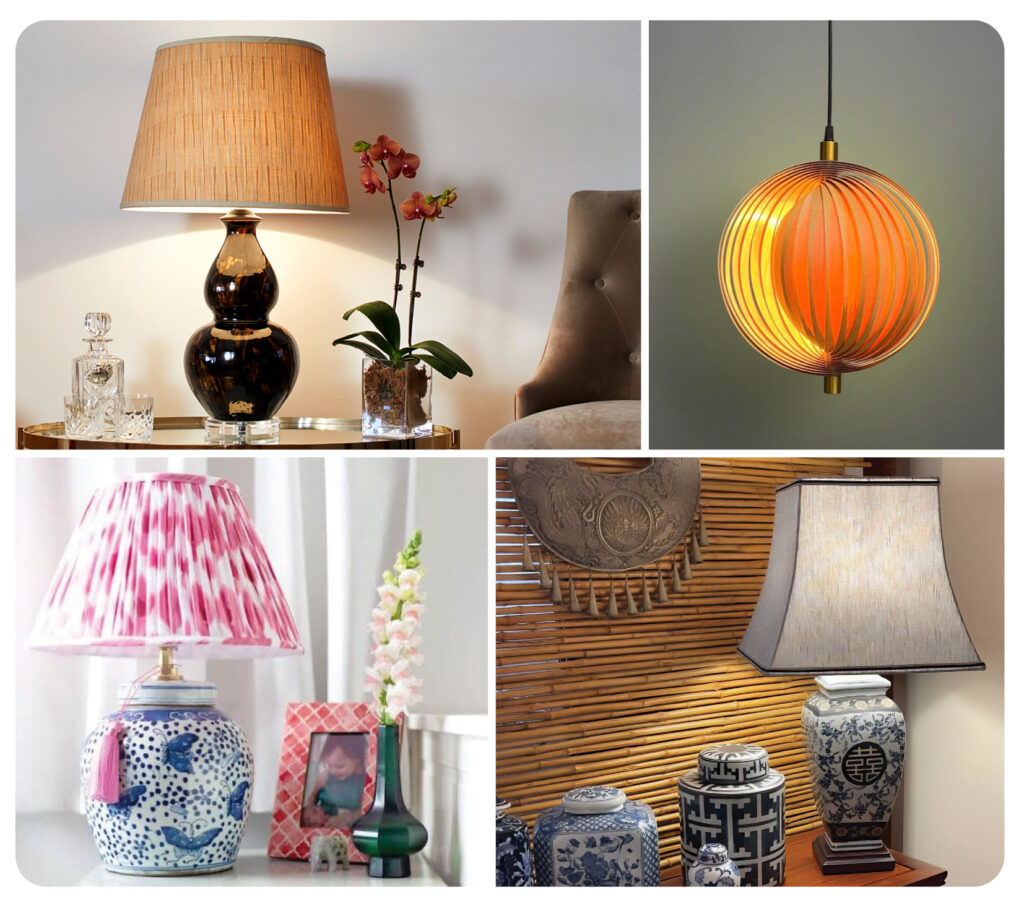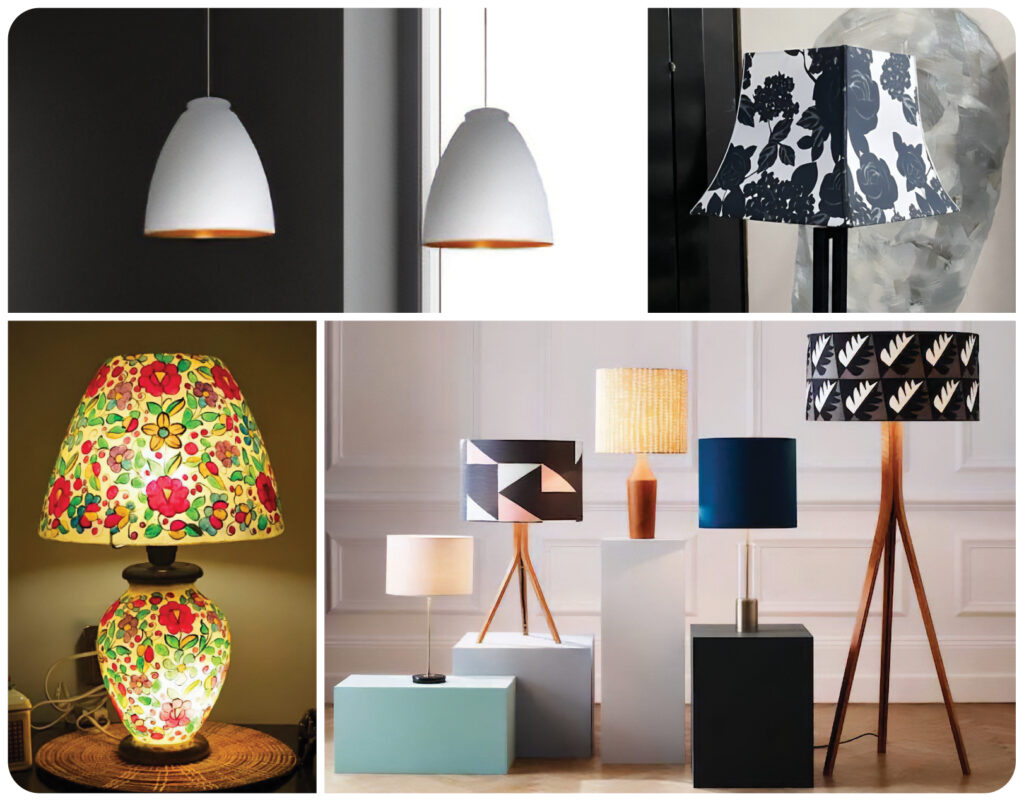A home that reflects the taste of its owners and serves as a functional environment for both living and working is a dream for many. It is realised within this apartment of soothing colours, natural surfaces and understated elegance at MeyerHouse, a prestigious new condominium complex in Singapore. The interiors are designed by Takenouchi Webb, a firm known for its deftness in manipulating materials to create textural spaces.
Many exquisitely designed elements become focal points, while utilitarian functions are elevated to celebrate domesticity and an uplifting working environment. Meeting individual and collective needs, the apartment belongs to a couple who work primarily from home and are passionate about their respective hobbies. The husband enjoys freediving, board games and making pizza; the wife music and cooking. The latter, in particular, was a determining factor for the functional aspects of the design, says British architect Marc Webb, who runs the Singapore-based design studio with his partner, interiors expert Naoko Takenouchi.
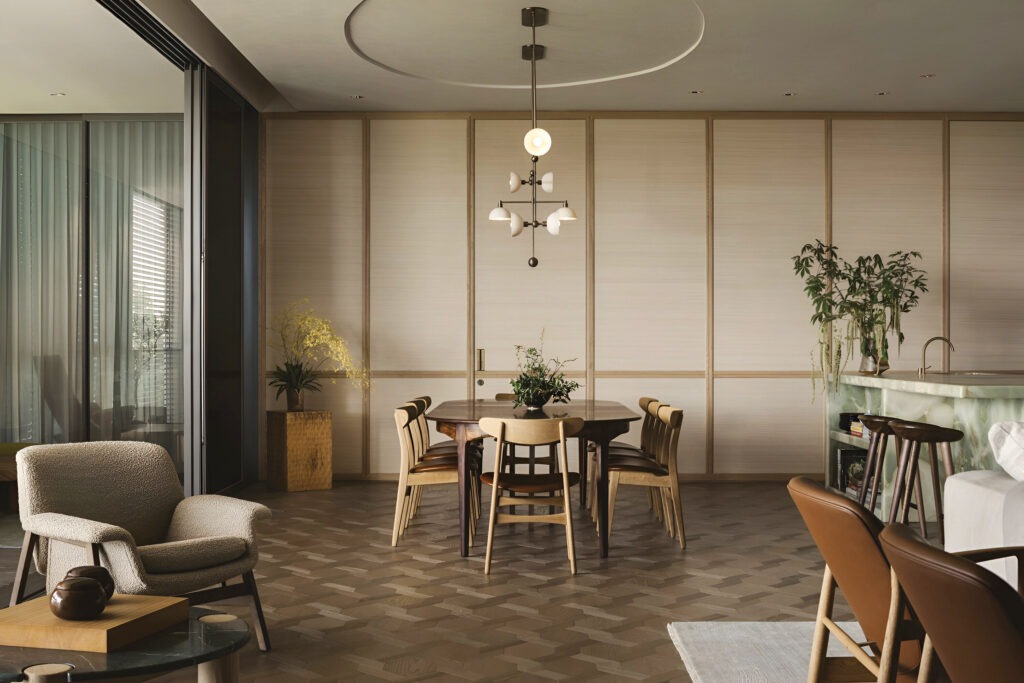
An expansive open-plan living and dining space is subtly segmented by carefully curated and customised furniture and furnishings. A super-comfy oversized sofa placed upon a large rug defines the sitting area, where a slab of Blue Roma marble serves as a bespoke coffee table with drawers to store board games. Nearby, two armchairs from House of Finn Juhl adjacent to a marble side table by Tacchini is the designated spot for playing Go.
Original finishes such as dark-laminated walls in the apartment’s private lift lobby and patterned parquet flooring are matched with lime-plaster surfaces, showcasing the handmade quality of the selected materials. This craft-led approach continues in a wall of timber beading and woven-straw wallpaper on the other side of the living room, which conceals doors to the master bedroom and wet kitchen.
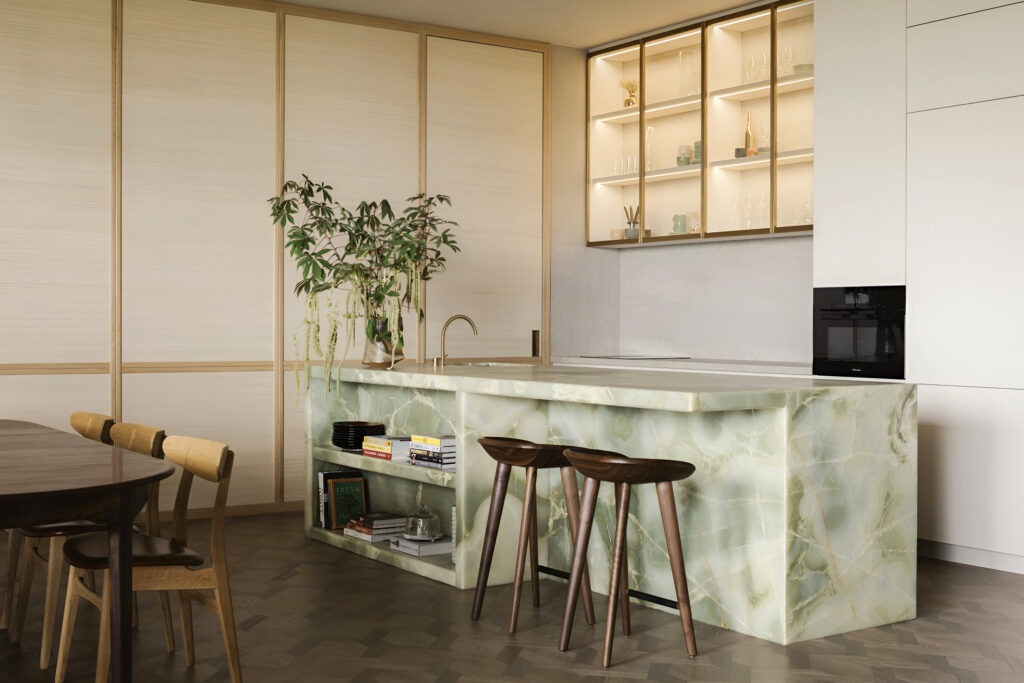
An open kitchen next to the dining area is a true showstopper, boasting sleek lines and high gloss finishes; extending the kitchen into the living space was a key part of the couple’s brief to the designers. Their wish has materialised in a beautiful green onyx breakfast bar that also holds a sink and specialist baking oven to become a working kitchen counter.
The counter edge creates a sculptural element in the living room and features shelves for books and two wooden bar stools for extra seating. A custom-designed dining table, crafted from rich walnut wood, accommodates up to eight people. Above, a striking industrial-style pendant light adds a touch of glamour. Planters of tall greenery are placed around the table and the room to incorporate nature in the indoor space.
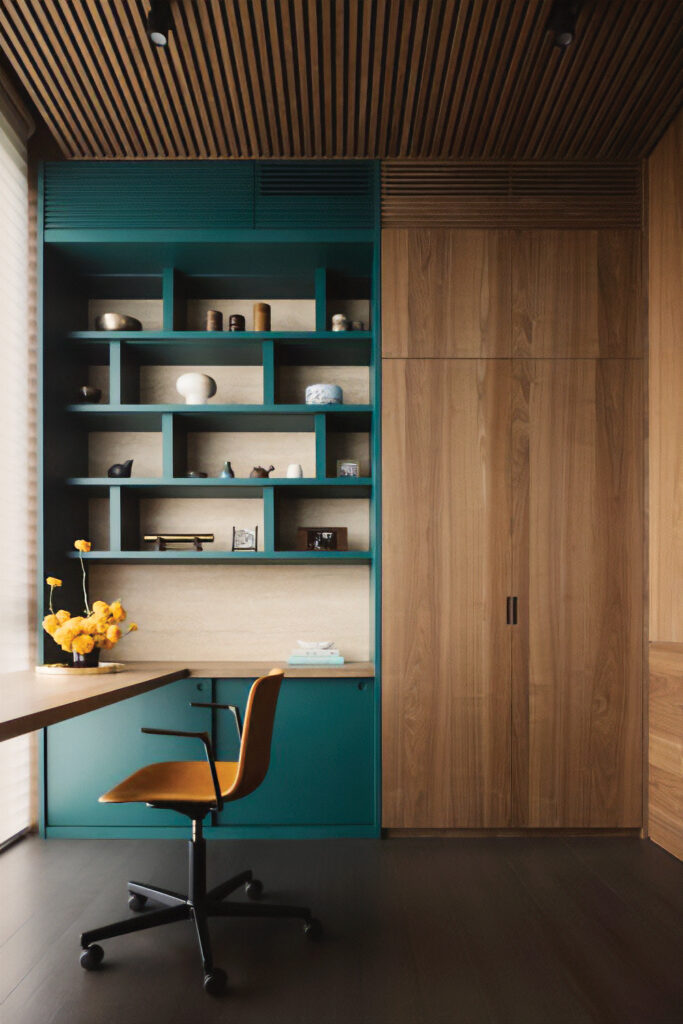
The apartment’s large balcony has been integrated into the living space, extending its impressive dimensions and housing an additional dining table for informal meals. Another bespoke element here that brings delight to daily tasks is a work station for the avid pizza chef, complete with a pizza oven, built-in refrigerator and storage drawers for the dough to rest. Vertical grooves on the light-toned wood cabinet provide a pleasing visual counterpoint to the horizontal slats of the Venetian blinds dressing the floor-to-ceiling windows.
A leitmotif of curves softens hard edges and gives purposeful embellishment to functional elements, such as an arch framing a sliding door that leads to a storeroom containing diving gear. Scalloped walls and a customised metal shelf in the main bedroom continue this language. Furniture and lighting fixtures from brands such as Time & Style, Apparatus Studio, BassamFellows and Singapore vintage store Noden complete the home’s relaxed, eloquent character.


The master bedroom is a serene retreat, complete with a plush area rug, a comfortable reading nook and a spa-worthy en-suite bathroom. Floor-to-ceiling windows on two sides allow abundant light to filter through white curtains. Two delicate hanging lamps and flower vases resting on low side tables flank the bed, adding to the natural warmth of the room. The bathroom is equally elegant, with a wooden vanity and splendid wooden bathtub following the natural theme of the interiors.
Throughout the home, thoughtful design elements and attention to detail create a cohesive and harmonious space that perfectly balances form and function. This Singapore residence is truly a calming oasis for its owners to relax and recharge in style and dream big.
Photos: Takenouchi Webb – Singapore



